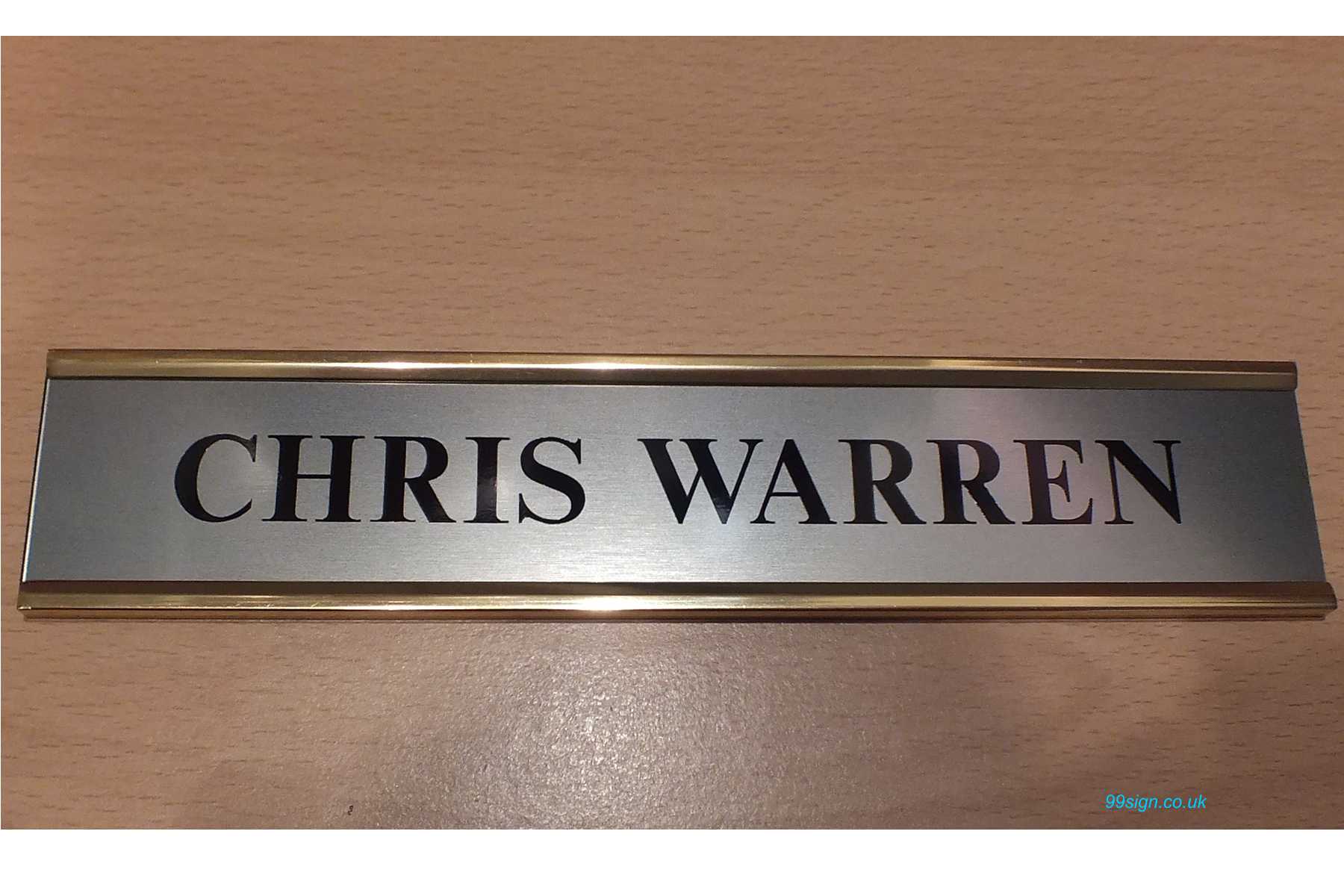WAGON LETTERING
Wagon letiering may be done, on the “flat coat” or, after the rubbing varnish has been ;UM)lied. and thoroughly dried. The rubbing varnish should be rubbed with ])ulvcrisc(l pumice stone, or curled hair, which re- moves the gloss and i)rcvents the proi(l from sticking.
However, it is l)est U) b; wjyrc “sure than sorry” and thoroughly “pounce” the sur- face to be lettered with your white “pounce bag”; this will usually ])rcvcnt g”ld from sticking.
Should the surface not be thoroughly hard (or’ dry) it is better to wait a few days, or trv the following, which is a sure preventive and is used only ill extreme cases :
Coat surface (to be lettered) with white of egg diluted with water ; if any gold sticks to this it can be easily washed or wiped ofl^, with moist chamois skin.
Now make “Pounce Pattern” and proceed in the usual man- ner to “layout” job. Size let- ters carefully and evenly with our celebrated quick size, and lay it on smoothly and not too runs and leaves wrinkles in the gilding.
Begin to lay on size from left to right, as in glass sizing and gilding.
When size is thoroutjhly dry (or to the desired “tack”), gild and burnish with cotton as in glass gilding, then shade and outline. (See shading.)
